Air bubbles in the pool return inlets means that your pump is not pumping only water, but also pumping air through the pipes too.
Air in the pool pipes is a problem because it causes poor water filtration when the filter tank and pump are half-full of air, which can quickly lead to water problems.
Air building up inside the filter tank could also be hazardous, if air pressure builds up too much, it can rupture the tank or tank clamp, and injure people nearby.
So, if you see air coming out into your pool returns, or you see air in the pump basket, it's time to take action!
10 REASONS FOR AIR BLOWING THROUGH THE POOL RETURNS
The air has to come from somewhere, and specifically somewhere BEFORE the Pump Impeller, air is being drawn into the pipe or pump. After the pump, the pipes are under Pressure and any void will result in water leaking out, not air leaking in. Before the pump, the pipes are under Vacuum or Suction, and any void in a pipe, fitting, valve or pump basket area, will suck air into the pipe/pump. Air that is pulled into the pump is then pushed into the filter and back to the pool returns, under pressure.
Here's the ten most common reasons for air in the system:
- Water level is too low, skimmer is sucking air.
Solution: Raise the water level to mid-skimmer. - Skimmer weir is stuck, or objects are stuck in skimmer throat.
Solution: Skimmer weirs can start to stick if the skimmer walls bow inward. If your weir gets stuck in the Up position, blocking water flow, remove it and try to shave off or sand off 1/16' on each side. You can also replace with a spring loaded weir that is just a bit less wide than the original part. For toys or rafts stuck in the skimmer, tell the kids again, to clear the pool of all gear after swimming. - Incoming valves (skimmer, main drain) are closed or partially closed.
Solution: This happens all the time, when valves are turned the wrong direction and block off too many incoming lines, and the pump begins to overwork, creating more vacuum pressure, which draws in air around the incoming valves or pump, areas that normally don't draw in air. Check that all incoming valves are fully open. - Pump Lid is not tight enough, or Lid O-ring is missing or damaged.
Solution: Also very common, you've got to really tighten pump lids very tightly after opening or removing the lid. Sometimes all it needs it another 1 inch of turn to make a full seal with the pump lid o-ring. Threaded pump lids usually have a notched top, to allow you to use a long bar or screwdriver to assist in tightening and removal. Clamp style pump lids just need to have the clamp fully tightened, until the assembly creaks and groans. And, I can't tell you how many times I've pulled off the pump lid, set it down, and the way too loose o-ring falls off, and I thread it back on the pump without noticing. Or it stays on the lid, but gets covered in pine needles or dirt which makes it hard to make a good seal. Check the o-ring for a good fit, and replace if it has dry-rot cracks in it. To maintain a good pump lid o-ring, twice per year remove the o-ring, clean with a rag, and lubricate (Teflon lube). - Threaded pipe fitting going into pump is sucking air.
Solution: So common that I've written an entire post about this issue - but here's a summary. If the pump runs without water, or heats up in other ways, this can shrink the threads of the fitting that is threaded into the pump. Bad angles or excessive vibration can also cause the threaded seal of the fitting coming into the pump to loosen over time. You can make a patch with pool putty that will last for several months at least (leave the pump running for 24 hours to let the putty set up). Or, the other option is to replace the loose (and often shrunken) fitting with new. - Incoming valves are sucking air, from loose lids or stem o-rings.
Solution: The incoming valves are the main drain and skimmer valves. After 10 or 20 years of service, they begin to loosen up, and can start to leak air around the lid or the stem that sticks up through the lid. For Jandy type valves, there are small o-rings for each that can be replaced with a good slathering of Teflon lube, to solve the problem. Occasionally a new valve diverter is needed, if the stem shaft has worn down. Ball valves can also have O-rings and Teflon seals inside to remain air-tight, and if you have unions or check valves in front of the pump, they could also be suspected as leaking air. To verify air leaks on the suction manifold piping assembly, you can pressurize the system from the skimmer, using a Drain King at the skimmer, and a plug in front of the pump. Whatever leaks water under pressure, is what is leaking air under vacuum. - Threaded fittings on the suction manifold.
 Solution: The suction manifold is the pipes colored blue in the picture on right. Everything in front of the pump, or the skimmer and main drain pipes, fittings and valves. On some systems there may be more threaded adapters used, not just the one that goes into the pump. Some systems can have suction valves with threaded attachments, or other male/female threaded connections used, on the suction manifold, or the suction side of the pump. Threaded fittings in front of the pump all have the potential to leak, and should be eyed suspiciously when looking for an air leak on a pool system. You can use the Drain King method above to pressure test the entire suction manifold, or you can cover threaded joints in shaving cream (really!) and look for areas where the cream is being sucked into a void.
Solution: The suction manifold is the pipes colored blue in the picture on right. Everything in front of the pump, or the skimmer and main drain pipes, fittings and valves. On some systems there may be more threaded adapters used, not just the one that goes into the pump. Some systems can have suction valves with threaded attachments, or other male/female threaded connections used, on the suction manifold, or the suction side of the pump. Threaded fittings in front of the pump all have the potential to leak, and should be eyed suspiciously when looking for an air leak on a pool system. You can use the Drain King method above to pressure test the entire suction manifold, or you can cover threaded joints in shaving cream (really!) and look for areas where the cream is being sucked into a void. - Loose drain plugs on pool pump.
Solution: Loose drain plugs can, on a few pumps, cause lots of air problems. If your pump plug uses an o-ring, and many do nowadays, make sure that it's still intact - they only seem to last 3-5 years, before dry-rotting. If your pump drain plug does not use an o-ring, make sure to use Teflon tape on the threads, and tighten with pliers to make sure the tapered plug is fully inserted. For best results, remove previous layers of Teflon tape, and wrap it 3x (in a clockwise direction as the threads face you), with new Teflon tape each spring, or whenever the pump drain plugs are removed. - Full skimmer and/or pump baskets, or clogged impeller.
Solution: Similar to #3 above, when the baskets are clogged, or the impeller is full of small bits, it causes the pump to work harder to satisfy it's 'thirst' for water. This creates greater vacuum pressure and starts to leak air from places that don't normally leak air - when baskets are clean. Check the basket and impeller for any clogging material. - Filter was just cleaned and tank is still purging air.
Solution: When the filter tank is opened and the filters are cleaned, or if the pump basket is opened and water runs out of the filter, it can take a few minutes or possibly up to an hour before all of the filter air is pushed through the filter and sent to the pool returns. To avoid this, always open the air bleeder on top of the filter tank when restarting the pump (after cleaning DE grids or cartridges, or emptying pump basket). Let the air bleed out until a steady stream of water is spraying. It's normal for a few 'handfuls' of air to remain in the filter tank, and don't be surprised if there seems to always be just a little more air in the tank. But if after bleeding the air out of the tank, it builds up again and begins to bubble into the pool, at the wall or floor returns, check through reasons 1-9 above for the solution.
Notice that None of my 10 Reasons for Air in the Pool Pump (or Pool Returns) included anything about underground pipe damage. So don't worry that your pipes underground may be sucking in air; although that can happen, it's a rare occurrence.
Happy Air Leak Hunting!
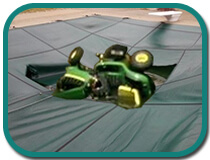
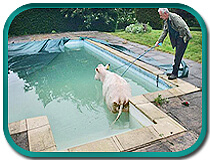
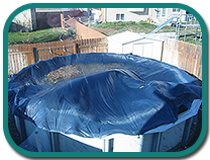
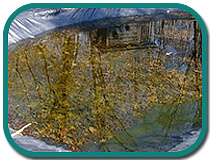
 Fire: Not surprisingly, sparks and flames can melt holes in any type of pool cover. This enemy of your pool cover can attack from an outdoor fire pit or bonfire too close to the pool’s edge.
Fire: Not surprisingly, sparks and flames can melt holes in any type of pool cover. This enemy of your pool cover can attack from an outdoor fire pit or bonfire too close to the pool’s edge.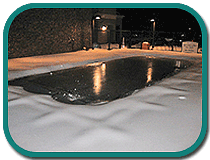
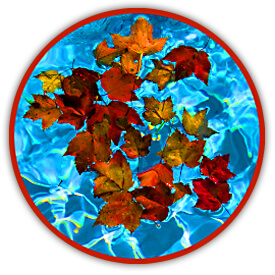
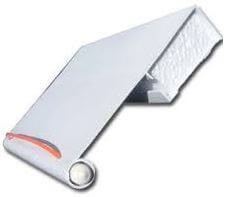
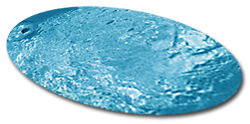 Use eyeball fittings, or 90 degree wall fittings on the returns, to direct the water flow from all returns, in the same direction of flow.
Use eyeball fittings, or 90 degree wall fittings on the returns, to direct the water flow from all returns, in the same direction of flow.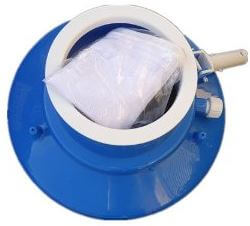
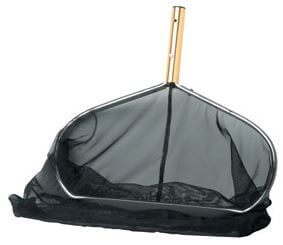
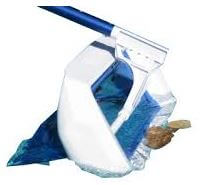
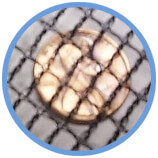
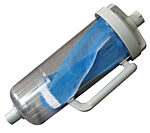
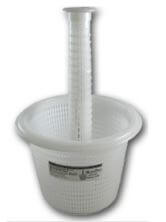




 Winter Covers
Winter Covers










